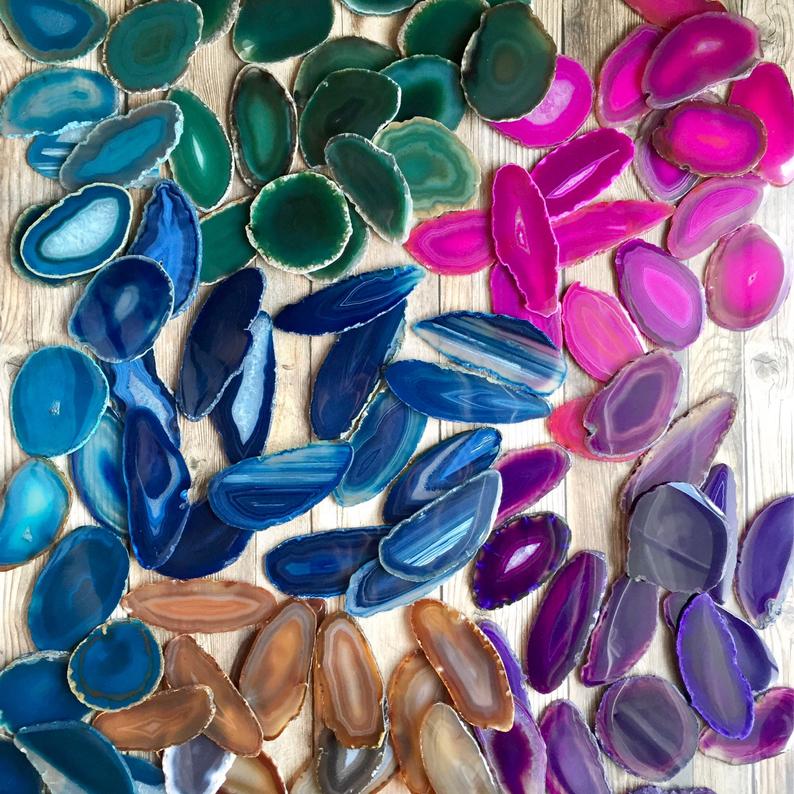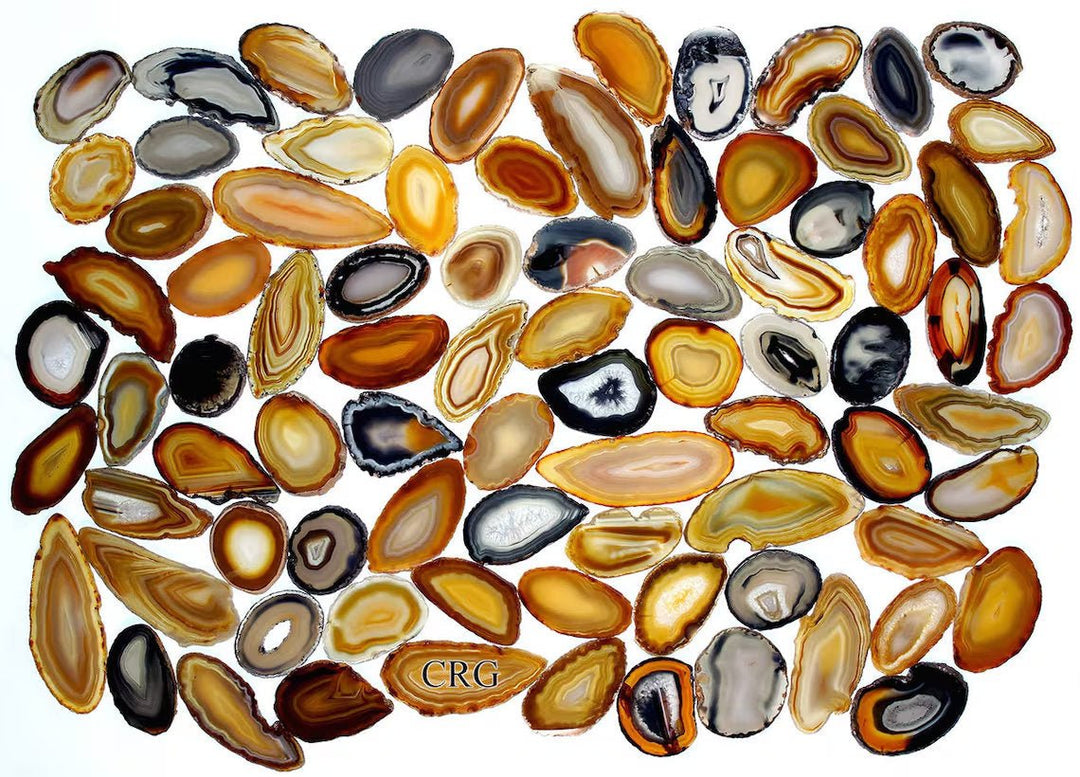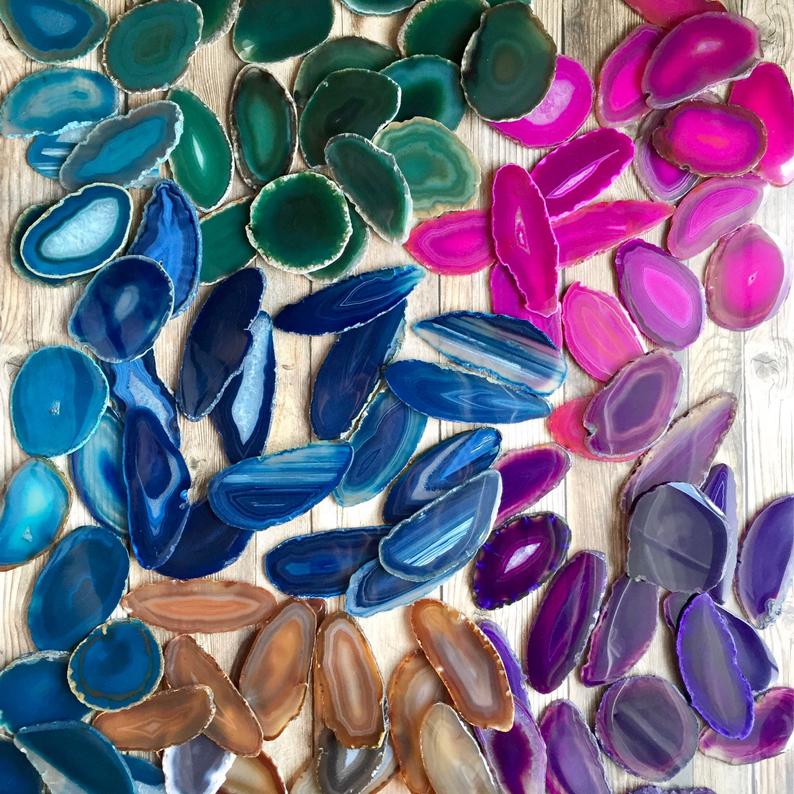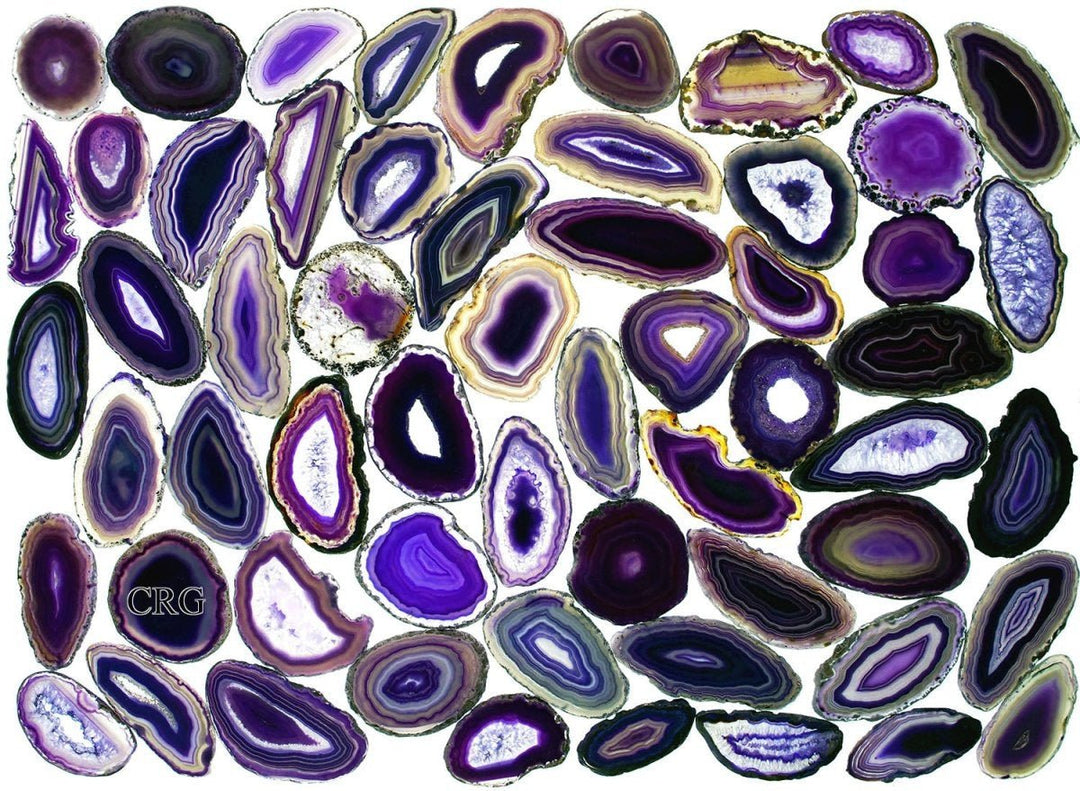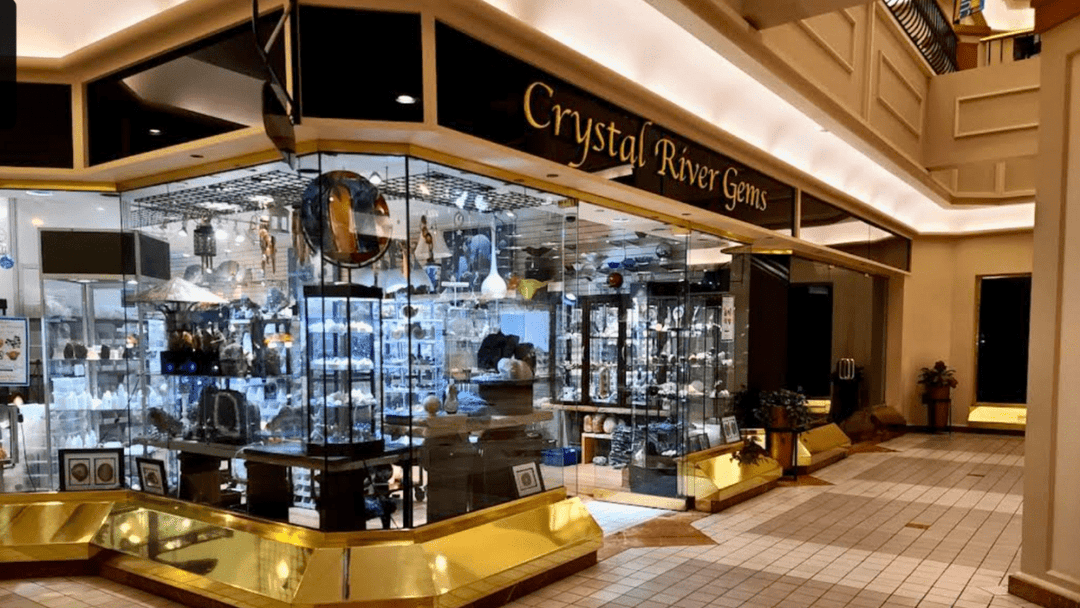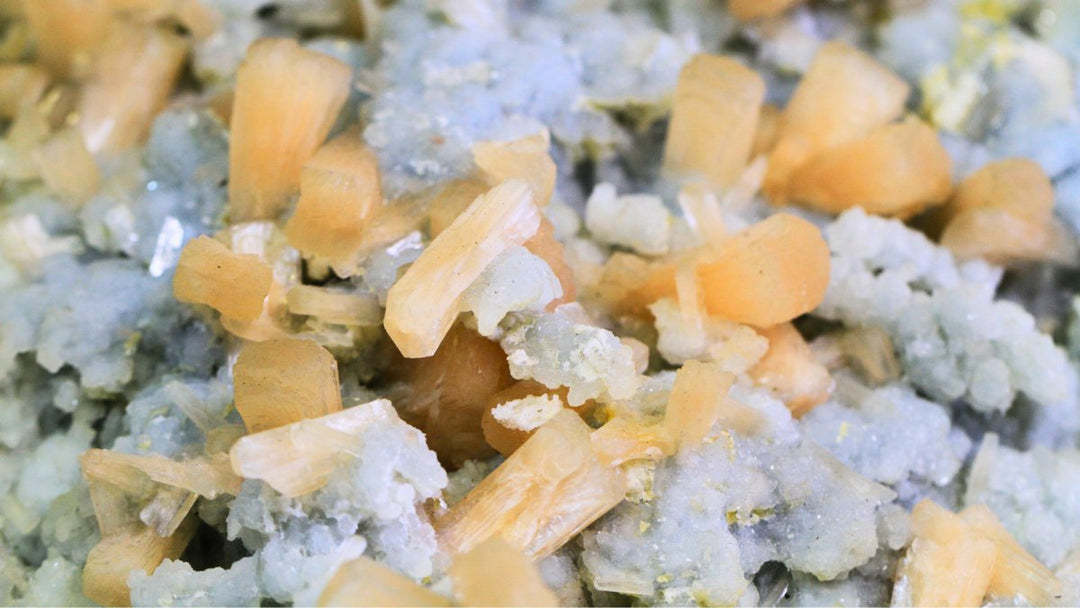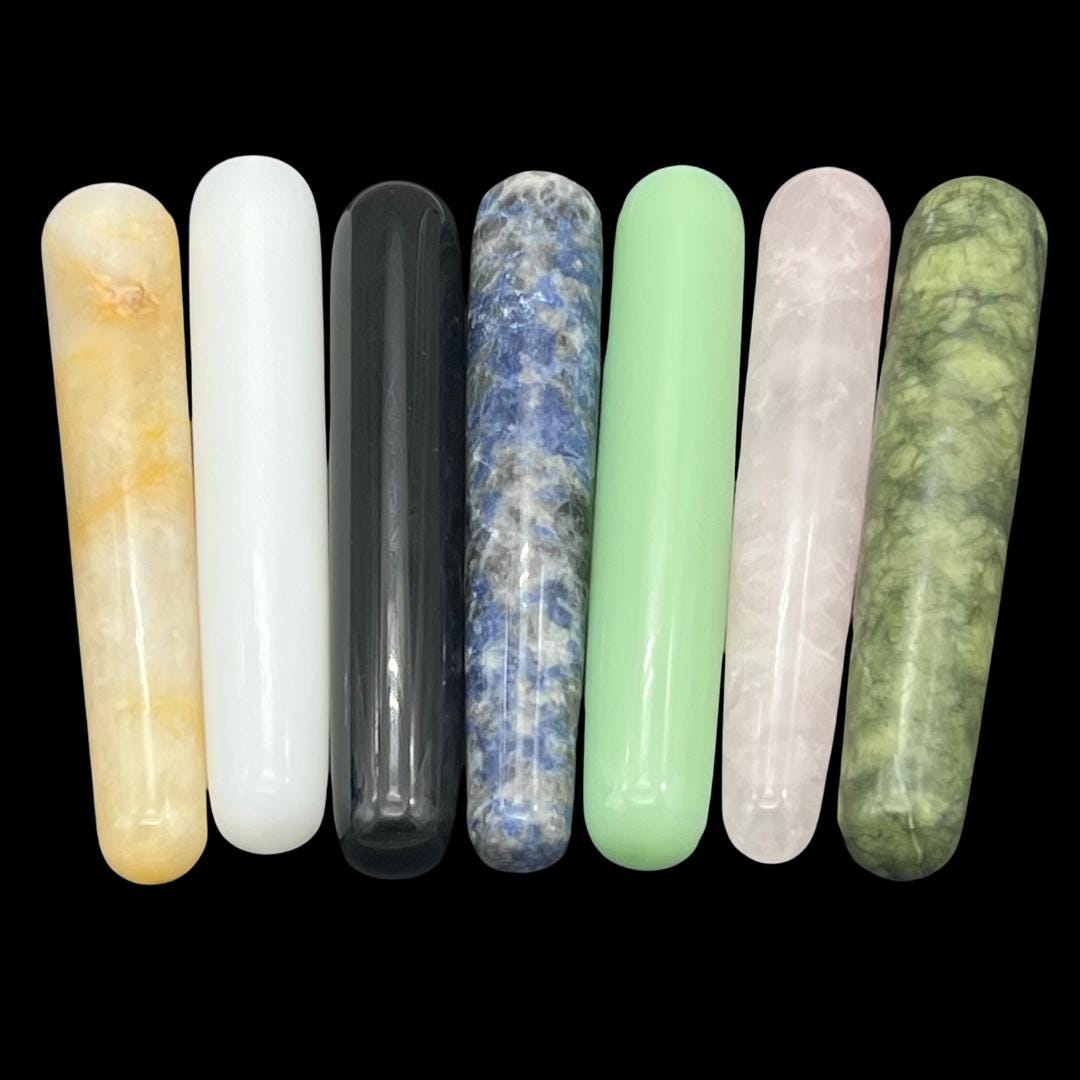Did you know that historically, malachite was used as a talisman for travelers? In this spirit, we want to approach today’s article as though embarking on a journey– one that takes us from the birth of malachite to its grand presence in the world today.
We begin our journey in the shallows of the Earth’s crust, in the oxidizing zone above copper deposits. This is malachite’s birthplace. Our handsome green mineral precipitates slowly from descending solutions in fractures, caverns, cavities, and intergranular spaces of porous rock. Often, it forms within limestone. It can grow alongside common mineral neighbors like azurite, chrysocolla, copper, bornite, calcite, chalcopyrite, and various other iron oxides. Malachite itself is a green copper carbonate hydroxide mineral. It is a relatively soft stone with a rating of 3.5-4 on the Mohs hardness scale. Yet its green color does not fade over time when exposed to light, perhaps lending to its symbolic endurance throughout human history.

Next, we travel to ancient civilizations where malachite was originally mined. Malachite was one of the first ores used to produce copper metal, since it contains up to 57% copper. Recent archaeological finds in Serbia indicate copper smelting emerged there 7000 years ago. There is also evidence that ancient Meso Americans independently developed copper around 700 AD. Anthropologists point to the process of copper smelting as an incredibly significant landmark in human history. Malachite played a key role in this development, contributing to the end of the Stone Age and the dawn of the Bronze Age.
Let’s talk about the history of malachite in art. Ancient cultures did more than copper smelting– they used malachite in jewelry, sculpture, and pigment. For example, ancient Egyptians made green pigment from malachite (they also made blue pigment from azurite, a mineral that forms with malachite). The Egyptians would use these pigments as cosmetics for the living and painted them on tombs for the dead. Malachite’s presence in cosmetics and paint would gain prominence in medieval Europe too, although its popularity sharply declined when other green pigments were made available in the 1700s. In 18th-century Russia, large deposits of high-quality malachite were mined from the Ural Mountains and used in jewelry and for decorative purposes. The most remarkable decorative use at this time was for the Malachite Room in the Winter Palace of St. Petersburg, which boasts malachite columns and fireplaces, a large urn, and various types of furniture. Russian malachite is no longer produced, but the stone’s narrative certainly did not end with the Ural Mountain mines.

This brings us to the present day. Now malachite is mined primarily in the Democratic Republic of the Congo, with smaller amounts coming from Gabon, Namibia, Mexico, Australia, Morocco, France, China, Brazil, and Arizona (USA). Its allure continues to enthrall cultures all over the world, who are fascinated by its many shades of green, its gorgeous banding, its botryoidal or fibrous habits, and the occasional eyes adorning it. Although we cannot predict the future, we can say with confidence that malachite’s story is not over yet. It will continue its role in the narrative of humanity and, perhaps even more significantly, in the narrative of Earth itself.



